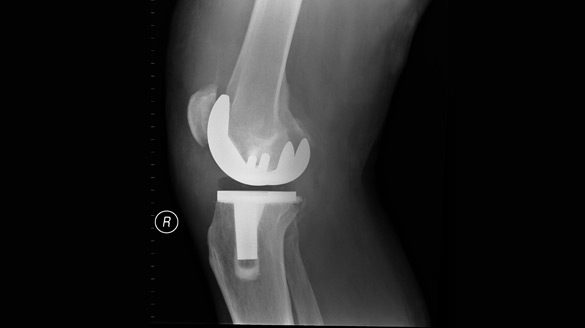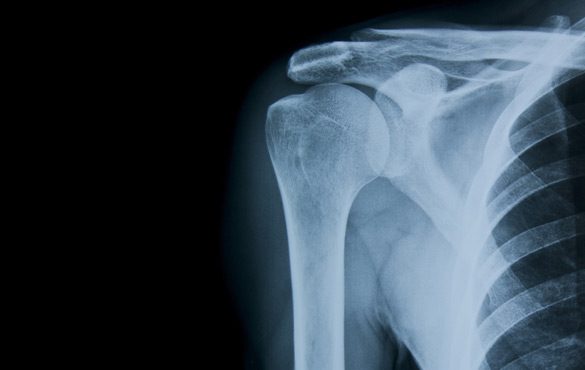Joint replacement of the shoulder, knee, or hip is performed by our doctors when your joint has severe arthritis or damage. Pain in your shoulder, knee, or hip joint often results when the cartilage has worn away, and bone is scraping against bone. When non-surgical treatments such as medications, changes to your daily activities, and physical therapy have not reduced your pain, our doctors may suggest a complete replacement of the joint in order to resolve your pain and disability. Joint replacement may also be recommended if you experienced a fracture of the joint.

How Joint Replacement Surgery Works
During a joint replacement surgery, you will be under general anesthesia. To replace your shoulder, hip, or knee joint, our doctor resurfaces the tips of the bones in the joint. The damaged bone and cartilage is removed. An artificial joint ball and socket are placed into the socket. The artificial ball and socket are attached to healthy bone, which will integrate grow and hold the new materials into place. Most joint replacement surgery can be performed with minimally invasive techniques in order to minimize the size of the incisions and scarring. This allows you to enjoy a faster recovery time.
Candidates
You can have a joint replacement of the shoulder, knee or hip if you have gone through all other types of treatments that our doctors have provided, and your pain has not resolved. When medications, rest, and strengthening exercises have not restored full range of motion to your joint and you still have moderate to severe chronic pain that is impacting your daily life, our doctors recommend surgery. To be considered for joint replacement surgery of the shoulder, knee, or hip, you should have two or more symptoms from a list that includes severe and persistent joint pain, stiffness, limping, muscle weakness, limited range of motion, and swelling or redness of the joint. You may also have difficulty with basic activities such as bending down to tie your shoes or lifting your arms above your head to wash your hair or get dressed.

What to Expect After Joint Replacement
After joint replacement surgery, you can expect a reduction of pain and restoration of movement. In some cases, you may need to wear a device such as a splint or brace after orthopedic surgery. After our pain management and orthopedic doctors perform a joint replacement surgery on your shoulder, hip, or knee, you will have physical therapy in order to strengthen the joint. Physical therapy will last for a few months. During your sessions with the physical therapist, you will learn strengthening and range of motion exercises. As your joint grows stronger, you may be given some exercises to do at home with resistance bands.
